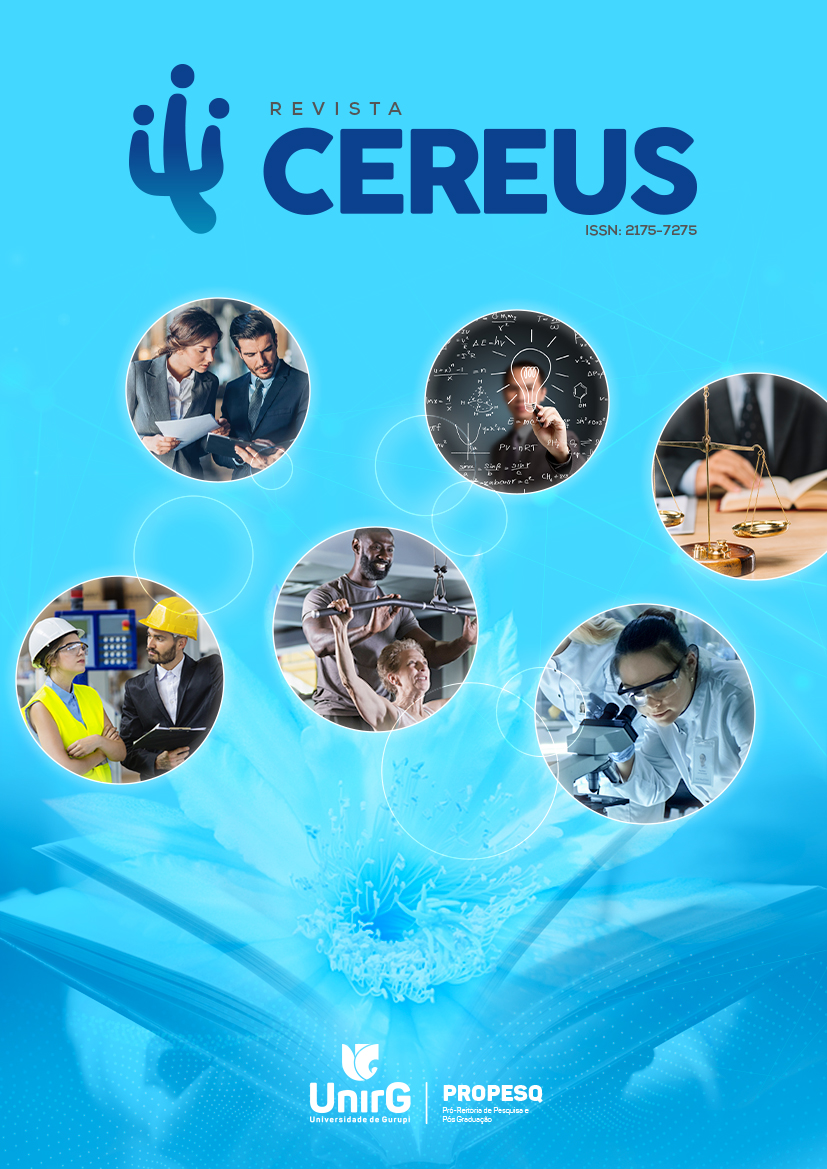Use of SWMM Model to Simulate the Effect of Compensatory Techniques in the Brazilian Semi-Arid Region
Abstract
Urbanization has as one of its most expressive effects the impermeabilization of the soil, what significantly increases the surface runoff and alters the natural hydrological cycle. This paper proposes the application of compensatory techniques of urban drainage in the urban watershed of the Alto da Universidade allotment, located in the Universidade neighborhood of Vitória da Conquista, in Bahia state, Brazil. Such techniques consist of devices that can reduce surface runoff in the post-urbanization scenario, promoting a more sustainable balance between the urban environment and the natural hydrological cycle. In addition, such devices can increase the infiltration of rainwater into the soil, improving water quality and promoting the recharge of underground water tables. To simulate the efficiency of the compensatory techniques, the Storm Water Management Model (SWMM) software was used. The devices used in the simulation were the infiltration trench and the rain garden, which proved to be efficient for the case study. A significant reduction in peak flow was observed, falling from 10.55 m³∙s-1 to 0.61 m³∙s-1, what would contribute to a significant decrease of possible damages caused downstream of the system, in addition to increasing recharge rates of the water table.
Copyright (c) 2025 REVISTA CEREUS

This work is licensed under a Creative Commons Attribution-NonCommercial-NoDerivatives 4.0 International License.
DECLARAÇÃO DE TRANSFERÊNCIA DE DIREITOS AUTORAIS
Os autores do manuscrito submetido declaram ter conhecimento que em caso de aceitação do artigo, a Revista Cereus, passa a ter todos os direitos autorais sobre o mesmo. O Artigo será de propriedade exclusiva da Revista, sendo vedada qualquer reprodução, em qualquer outra parte ou meio de divulgação, impressa ou eletrônica.


